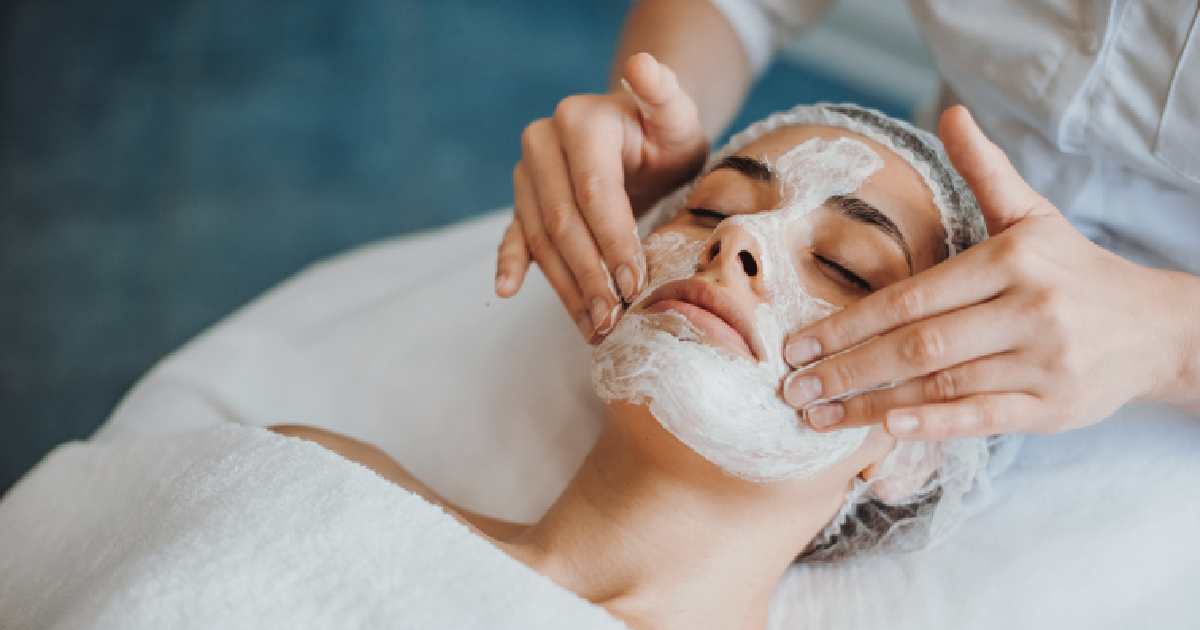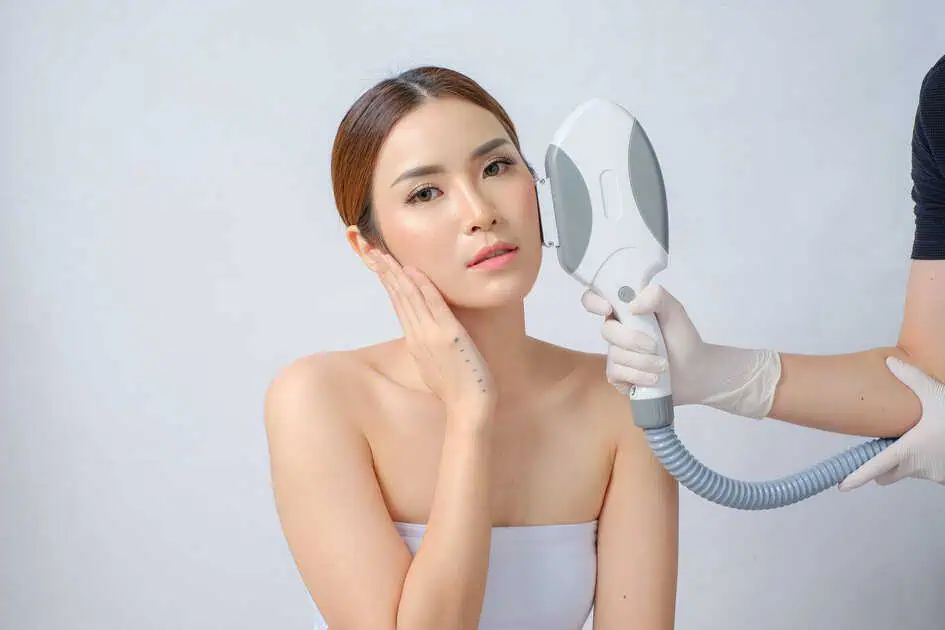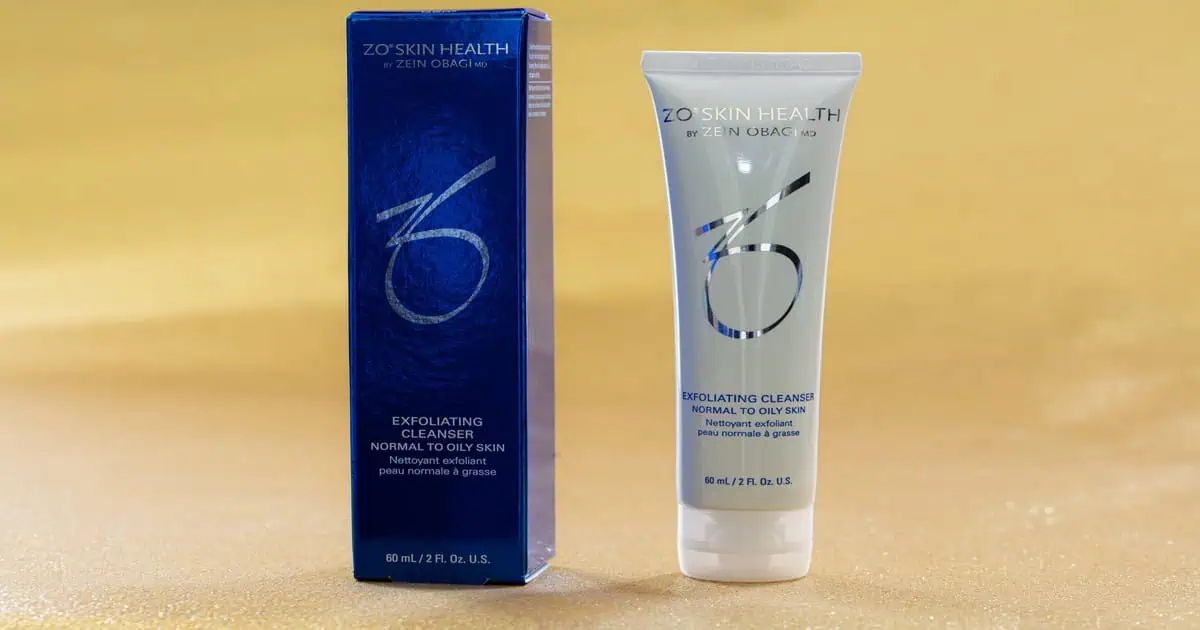Sometimes, we feel like we know what to do with our skin, so we try various skin products and procedures. However, our skin is delicate and sensitive, especially in the face, as it’s exposed to various external factors. If we want to scrape off all the impurities and dirt on our skin, VI Peel is the answer!
What is VI Peel?
VI Peel is a chemical peel variant used to improve the appearance of the skin. It is a medical-grade peel containing a unique ingredient blend, including trichloroacetic acid (TCA), salicylic acid, retinoic acid, and other vitamins and minerals.
The VI Peel exfoliates the outermost layers of the skin, promoting cell turnover and revealing fresh, new skin underneath. It can help improve the skin’s tone, texture, and clarity, reducing the appearance of acne scars, fine lines, hyperpigmentation, age spots, and wrinkles.
The peel works by causing controlled damage to the skin, stimulating collagen production, and increasing skin elasticity. It can be used on the face, neck, chest, hands, and other body areas.
VI Peel is considered a medium-depth peel performed by a trained medical professional. The procedure involves applying the peel solution to the skin and leaving it on for a specific time before neutralizing it. The process is generally well-tolerated, but some individuals may experience tingling and mild discomfort during treatment.
Skin Resurfacing Methods
These methods aim to improve the skin’s texture, tone, and overall appearance. Here are some common skin resurfacing procedures:
1. Chemical Peels: Chemical peels involve applying a chemical solution to the skin to remove the outermost layers, which can help improve a wide range of skin concerns, including wrinkles, acne scars, and hyperpigmentation.
2. Microdermabrasion: Microdermabrasion is a non-invasive procedure that uses a device to exfoliate the outer layer of dead skin cells. It can help improve skin texture and tone and reduce the appearance of fine lines and sun damage.
3. Laser Resurfacing: Laser resurfacing uses laser technology to remove skin’s top layers, stimulating collagen production and revealing smoother, younger-looking skin. It can help with wrinkles, scars, and uneven skin tone.
4. Dermabrasion: Dermabrasion is a more intensive procedure that involves using a rotating instrument to remove the outer layers of skin. It is typically used for more severe skin concerns, such as deep scars or precancerous growths.
5. Radiofrequency (RF) Microneedling: RF microneedling combines microneedling and radiofrequency energy. With tiny needles, they create controlled micro-injuries in the skin while delivering heat energy to stimulate collagen production and tighten the skin.
6. Fractional Resurfacing: Fractional resurfacing utilizes laser technology to target small skin sections, leaving surrounding areas intact, promoting faster healing and collagen production, improving skin texture, and reducing wrinkles and fine lines appearance.
Remember to consult a professional dermatologist to determine the most suitable skin resurfacing method for your specific skin concerns and type. They will be able to assess your needs and guide you toward the most effective treatment option. Additionally, following proper aftercare instructions is crucial for achieving optimal results and minimizing potential side effects.
Advantages of VI Peels
VI Peels have several advantages that are loved by many. These include minimal downtime, versatility on various skin concerns, easy and quick procedure, collagen production stimulation, overall skin health improvement, safety, and suitability for all skin types.
One of the most significant advantages of VI Peels is that they only have minimal downtime. Patients can return to their daily routines immediately after the peel. VI Peels are also flexible and highly efficient for various skin concerns. They treat many skin concerns, including acne, scarring, hyperpigmentation, fine lines, wrinkles, and sun damage. They can also improve skin tone and texture.
There will also be no issues in suitability as VI Peels are safe and effective for all skin types, including sensitive skin. It’s customizable according to individual needs and skin concerns. The application process for VI Peels is also relatively quick and straightforward. The peel is applied to the skin by a skincare professional, and there is no need for anesthesia or surgical procedures. The ingredients in VI Peels stimulate collagen production, helping to improve skin elasticity and firmness over time, leading to long-term benefits and a more youthful appearance.
VI Peels address specific skin concerns and improve overall skin health. They help to eliminate dead skin cells, unclog pores, and encourage new cell turnover, resulting in a healthier and more radiant complexion. And to top it all off, VI Peels are safe and FDA-approved. VI Peels are formulated with a blend of safe and regulated ingredients. They have been tested and approved by the FDA, ensuring they meet high safety and efficacy standards.
Significant differences between VI Peel and other skin resurfacing techniques
The VI Peel is a specific brand of chemical peel used for skin resurfacing, and it has some differences compared to other skin resurfacing techniques. Here are some of the significant differences between the VI Peel and other common skin resurfacing techniques:
Chemical Composition:
- VI Peel: The VI Peel is a proprietary blend of various acids, including trichloroacetic acid (TCA), salicylic acid, phenol, retinoic acid, and vitamin C. These acids work together to exfoliate the skin and promote skin renewal.
- Other Chemical Peels: Other chemical peels, such as glycolic acid peels, lactic acid peels, and TCA peels, use different single or combined acids at varying concentrations for exfoliation and skin rejuvenation.
Depth of Penetration:
- VI Peel: The VI Peel is considered a medium-depth peel that targets the outermost layer of the skin (epidermis) and can penetrate the upper layers of the dermis.
- Other Chemical Peels: Various types of chemical peels have different penetration levels, ranging from superficial peels (targeting only the epidermis) to deep peels (penetrating the lower dermal layers).
Downtime and Recovery:
- VI Peel: The VI Peel is designed to have minimal downtime compared to other medium-depth peels. The recovery period may involve a few days of peeling and redness.
- Other Chemical Peels: Deeper chemical peels might require a longer recovery with more noticeable peeling, redness, and potential discomfort.
Indications and Skin Concerns:
- VI Peel: The VI Peel is marketed to deal with various skin concerns such as fine lines, wrinkles, sun damage, acne, acne scars, melasma, and uneven skin texture.
- Other Chemical Peels: Different chemical peels are often chosen based on the specific skin concerns being addressed. For example, glycolic acid peels are frequently used for mild exfoliation and skin brightening, while TCA peels are sometimes used for deeper resurfacing.
Number of Sessions:
- VI Peel: Some individuals might achieve their desired results with a single VI Peel session, while others might benefit from a series of treatments.
- Other Chemical Peels: The number of sessions required for optimal results varies depending on the peel’s depth and the individual’s skin condition.
Professional Application:
- VI Peel: The VI Peel is typically performed by trained professionals in a clinical setting.
- Other Chemical Peels: Chemical peels, in general, should also be administered by trained professionals to ensure safety and effectiveness.
VI Peels are more efficient when administered by professionals. Get it at Elevate Aesthetics and get in touch with them today!







